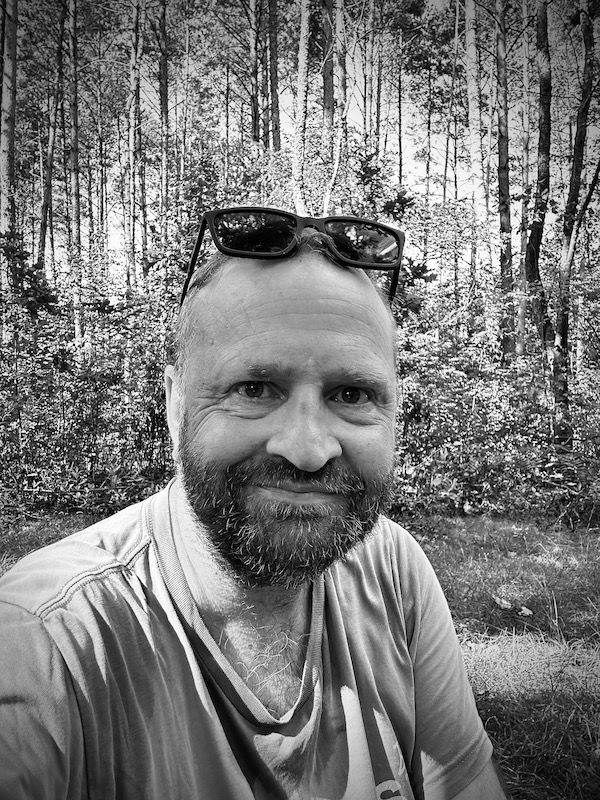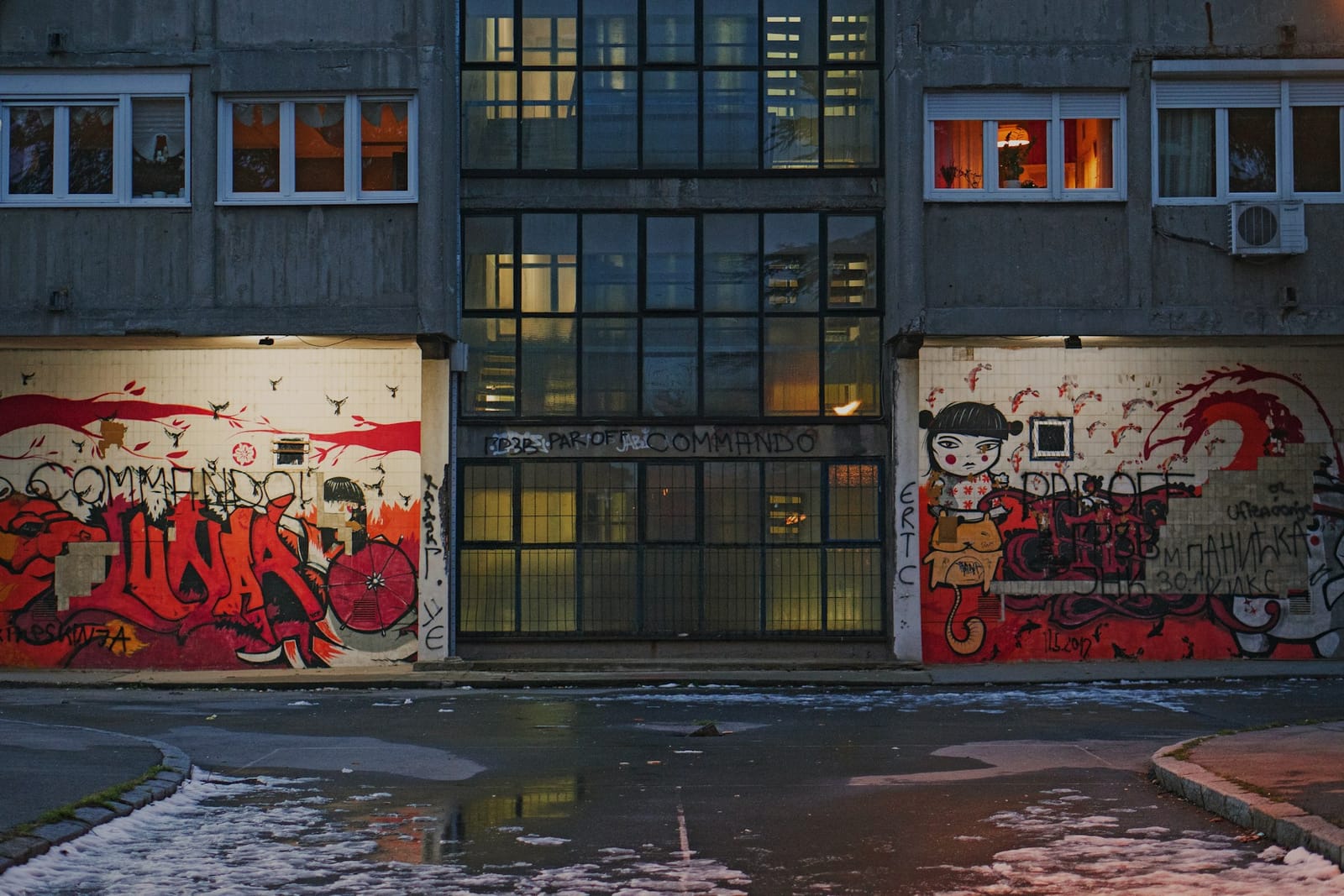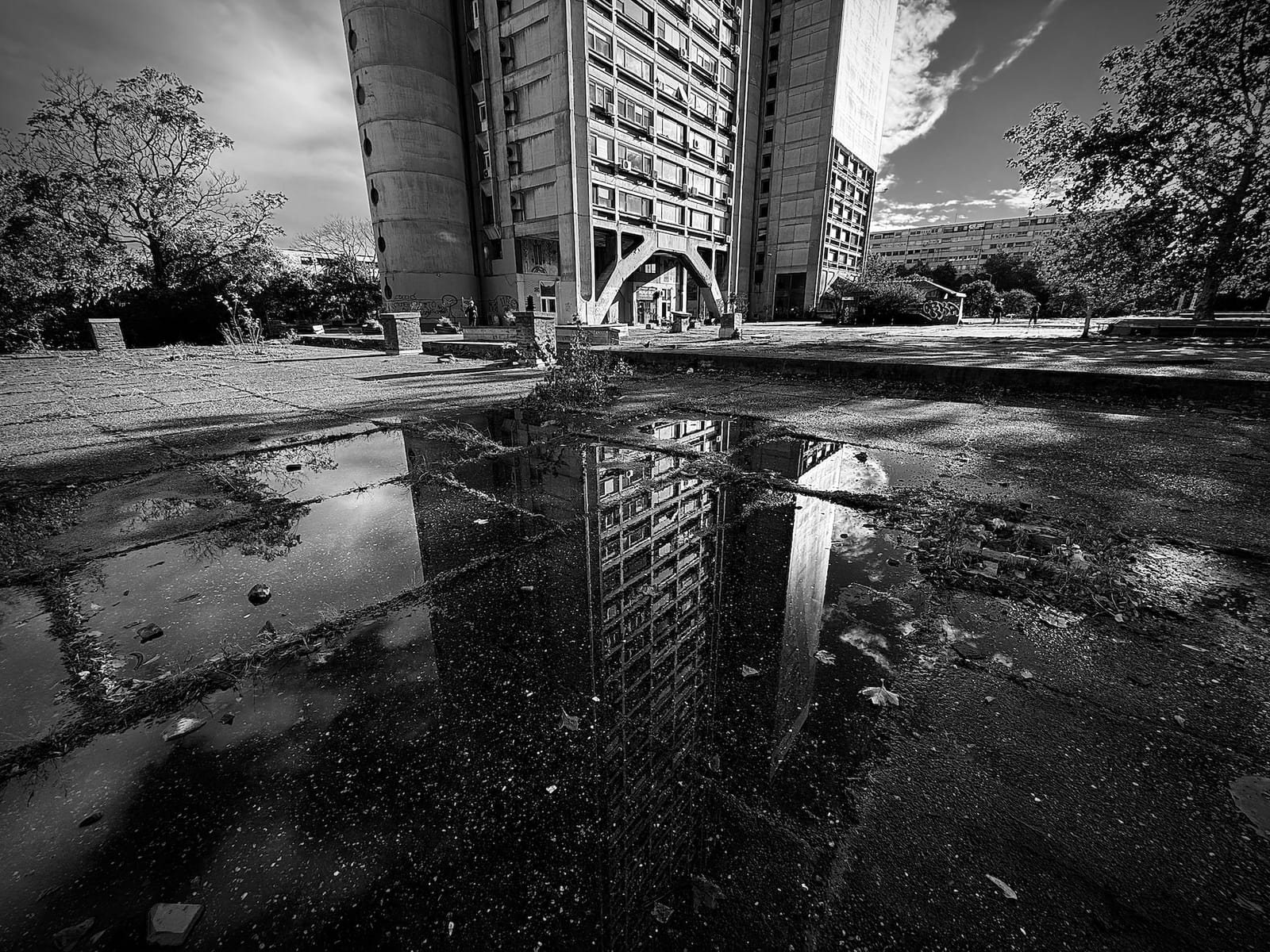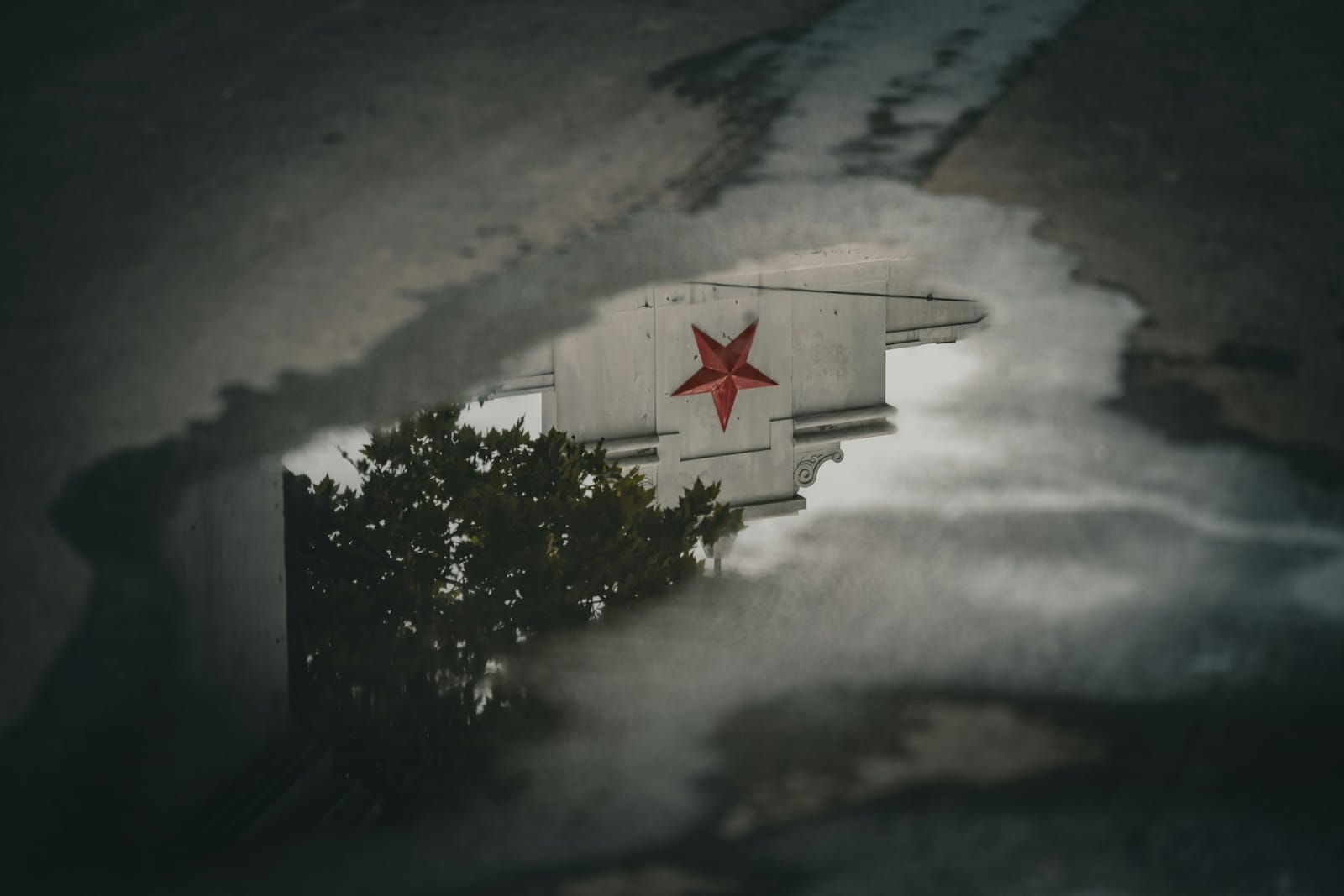For months, the Warsaw Winter Theatre Company existed as a conceptual framework without a home. The investigations were real enough - three months walking Warsaw's concentric zones, now three more tracing Belgrade's rivers - but they lived scattered across Reticulate blog posts, fragmented across the occasional weekly update, accessible only to people willing to piece together a methodology from serialised observations. This worked for documentation. It didn't work for explaining what WWTC actually is.
I realised the problem wasn't lack of content. The problem was architecture. Or lack, thereof. When someone asks "what's the Warsaw Winter Theatre Company all about?", answering honestly requires explaining my sustained residency methodology, postmodern theoretical frameworks, the relationship between displacement and observation, why cities perform themselves, how rivers function as witnesses... the list goes on not withstanding the projects' ultimate conceit - what "theatre company" means when you're not actually doing theatre. You can't fit that into a blog post excerpt, I figured. You need a framework that can hold complexity while remaining navigable. You need a dedicated website.
Why WWTC Needed More Than Blog Posts
Reticulate operates as investigation-in-progress. Weekly posts document elements as they happen, observations as they emerge, frameworks as they develop. This serialised format serves the work well - it's honest about process, it captures thinking-in-motion, it doesn't pretend to conclusions before they've been reached. But it also means the investigations exist as temporal sequences rather than spatial architectures. You experience them chronologically or not at all.
WWTC needed spatial organisation. Not to replace the temporal documentation but to provide structure that makes the methodology itself legible. Someone encountering WWTC for the first time shouldn't have to read 30 blog posts to understand what's happening. They should be able to grasp the framework, see the completed investigations, understand the theoretical commitments, and then dive into weekly documentation if they want process-level detail. Whether they understand after all that of course is debatable, but you catch my drift!
The site needed to accomplish several things simultaneously: explain the framework clearly, showcase completed work, document ongoing investigations, maintain theoretical rigour without academic gatekeeping, be honest about human-AI collaboration, and - crucially - look like it takes itself seriously. WWTC investigates how cities perform themselves. The site needed to perform WWTC in ways that blog posts alone couldn't.
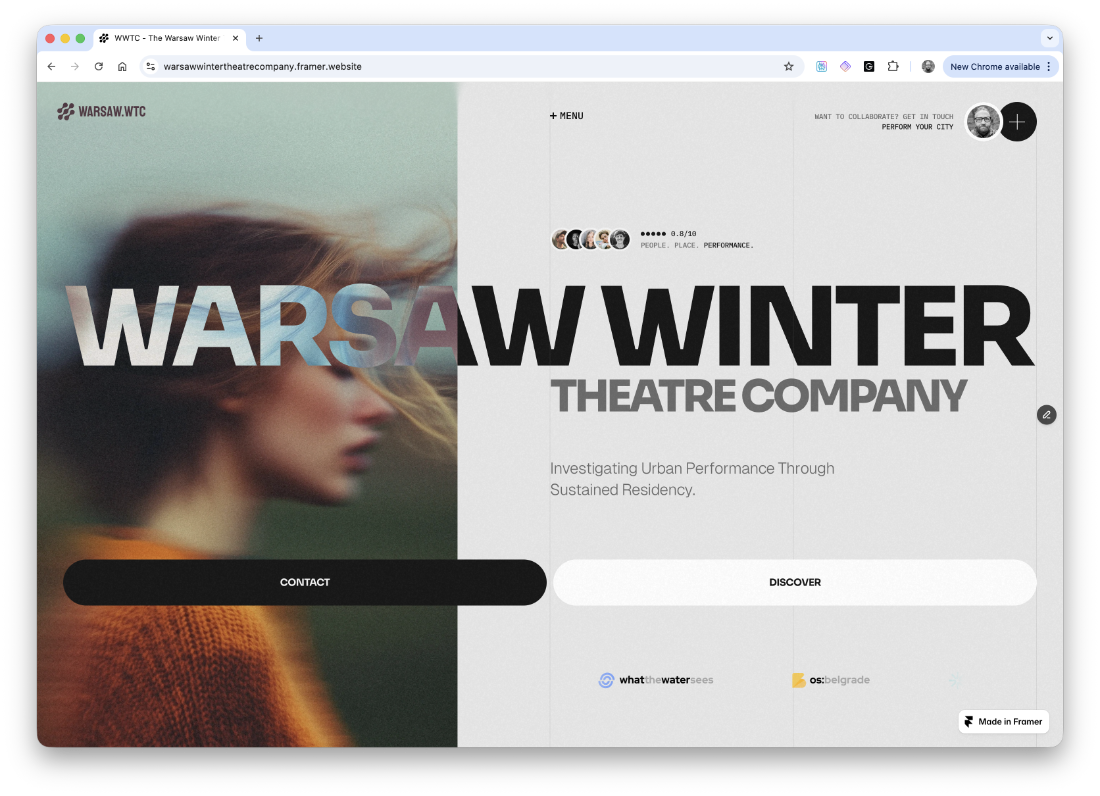
Appropriating Corporate Design Language
My decision to build on a tech/AI business template wasn't accidental. There's something appropriately ironic about using corporate design language - the visual vocabulary of startups, automation services, business optimisation - to present cultural investigation work that explicitly critiques simulation and authenticity. The template comes with sections for "services," "pricing," "client testimonials," "team members." I kept all of it and repurposed every element.
"Services" became investigation methodologies. "Pricing" will become transparent data - actual costs of sustained residency investigations displayed where corporate sites would show monthly subscriptions. "Team members" include not just me but Claude (the AI analytical companion), the methodological framework itself, and the current investigation as active collaborators. "Client testimonials" became project summaries written as if I'm testifying about my own work.
This appropriation accomplishes multiple things. First, it makes WWTC look legitimate in ways that pure blog presentation doesn't - which matters when you're asking people to take seriously a "theatre company" that doesn't do theatre investigating cities through postmodern frameworks. Second, it creates productive tension between form and content. The slick business template packages cultural critique, making the staging explicit rather than hidden. Thirdly, it's honest about construction. WWTC investigates urban performance; the site performs WWTC. The template choice acknowledges this rather than pretending cultural work exists outside performative framing.
Building With Claude: Human-AI Collaboration as Methodology
Much completed WWTC work emerges from human-AI collaboration. I do the walking, the physical observation, the sustained residency and provide the data. Claude provides pattern recognition, theoretical context and analytical synthesis. This partnership isn't hidden or downplayed. It's methodologically central.
Elements of the site build happened through extended conversation. I'd share what I wanted - "the pricing section could show investigation economics, not SaaS subscriptions" , provide data and Claude would draft design options, we'd refine together and I'd implement in Framer. When I got stuck on the technical side of CMS configuration (which happened frequently) or couldn't articulate what a section needed, Claude would help think through the structure and practical implementation. The ability of AI to help me think through ideas and articulate my ideas has and continues to be an absolute joy for my creativity.
This collaboration model matters for several reasons. First, it's faster than solo work - I can focus on decisions and implementation while Claude handles intense content generation and helps me avoid going down technical rabbit-holes. Second, it's intellectually richer - Claude brings theoretical frameworks and analytical capacity I couldn't access alone. Third, it's honest - most cultural production involves collaboration, but AI collaboration remains stigmatised. WWTC makes it explicit and treats it as enhancement rather than compromise.
That's why the site includes Claude as an actual team member. Not as mascot or joke but as legitimate collaborator with specific role: "Analytical Companion - Pattern Recognition, Theoretical Context, Methodological Support." Because that's accurate. The investigations wouldn't exist in their current form without this partnership.
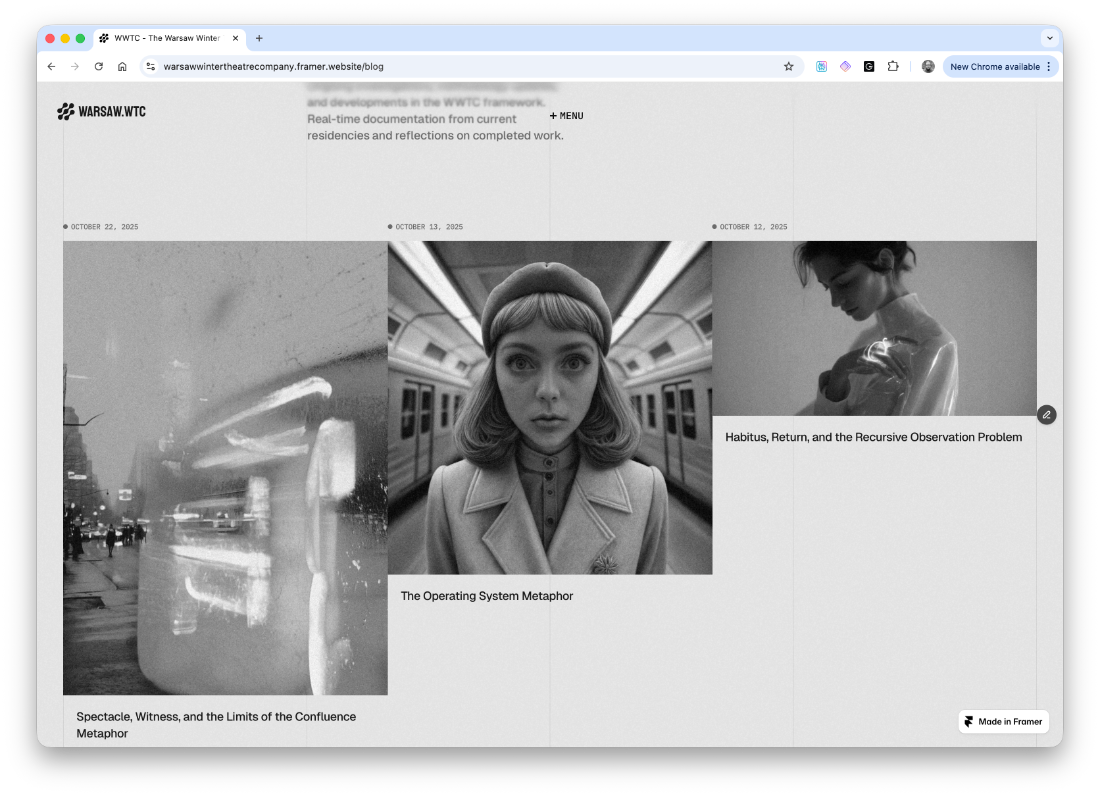
Structure: From Investigations to Case Studies to Theory
The site architecture needed to serve multiple reader types. Someone curious about WWTC should get clear explanation immediately. Someone wanting to follow Belgrade in real-time should find current updates easily. Someone interested in completed work should access full case studies. Someone wanting theoretical depth should find those hardcore essays.
The solution was layered access:
Home page introduces the framework simply: "Investigating Urban Performance Through Sustained Residency." You get the three-line explanation, see the current investigations, understand the basic methodology. If that's enough, you're done. If you want more, multiple pathways open.
Case Study pages for each investigation provide a more comprehensive overview - what the project was, what methodology it used, what it discovered, how long it took, what it cost and so on. These function as self-contained explanations that work whether you've followed the weekly posts or not.
Radar (the blog) houses both weekly investigation updates and the six theoretical deep-dives. The theory posts are optional - you can understand and follow WWTC without reading 1000 words of pure postmodernism. That's my indulgence. But for people who want that level of engagement, it's there.
About page explains who I am, what WWTC does, why "theatre company," how the human-AI collaboration functions. It's the page for people asking "wait, what is this, actually?"
The architecture assumes different people need different things. Tourist-level visitors get clean explanation and can leave satisfied. Residents who want to follow investigations long-term get infrastructure that supports ongoing engagement. Theoretically-inclined readers get dense material that doesn't compromise for accessibility.
Visual Aphorisms: Making Concepts Legible
One innovation to mention that emerged during the build: visual aphorisms in the style of Jack Butcher's "Visualising Value" work. Minimal black-and-white diagrams that distill complex concepts into essential visual form.

Currently in development site-wide, I want these to serve multiple functions. They're shareable - you can post one diagram that communicates a core WWTC concept without requiring essay-length explanation. They're clarifying - forcing a concept into visual constraint reveals whether the concept is actually coherent or just verbal elaboration hiding confusion. They're aesthetically consistent with the site's minimal design language. And they create another documentation format alongside blog posts, photography, and field recordings.
I've planned about a dozen of these covering core methodology concepts, investigation-specific frameworks, and meta-observations about how the work functions. They'll appear as blog post headers, social media content, and standalone pieces that can introduce WWTC concepts to new audiences.
Economics as Transparency
One particular section is still being implemented: the investigation economics display. Where a corporate template would show pricing tiers for different service levels, WWTC will show the actual data associated with the investigations, including a toggle between "Distance Walked" and "Cost". It's a novelty, somewhat frivolous but also genuinely interesting.
This aspect serves WWTC's anti-mystification commitment. Cultural production requires material resources - time, money, sustained presence. Hiding this behind romantic narratives of the artist's vision or intellectual's calling obscures the actual conditions that make this work possible. Showing real costs doesn't commercialise the work. It makes honest what's usually obscured: that sustained urban investigation requires investing months of time and thousands of euros.
The transparency extends to everything. The site shows which investigations are complete, which are ongoing, how many kilometres have been walked, how many weeks invested, what the human-AI collaboration actually involves. No mystification about genius or inspiration. Just documentation of process, resources, and methods. Straight up.
Building in Public, Learning in Public
The site build is largely happening in public - this article is part of that. I've shared progress on Reticulate, posted links to the installation and retained the Framer sub-domain. All of this aligns with WWTC methodology: investigation should be transparent about its construction because construction shapes what gets discovered.
But I know website building isn't altogether neutral. Choosing to organise by investigation rather than chronologically shapes how WWTC gets understood. Deciding to include hardcore theory posts signals intellectual seriousness while risking accusations of pretension. Appropriating corporate template language creates specific aesthetic and conceptual effects. Making AI collaboration explicit risks controversy. Every choice constructs WWTC in particular ways while foreclosing others.
Building in public makes these choices visible and therefore accountable. You can see how WWTC presents itself, understand the staging involved, recognise that the presentation is constructed rather than natural. This doesn't undermine the investigations—it makes explicit what's always true: all cultural work involves staging, all presentation is performance, all frameworks shape what they claim to neutrally display.
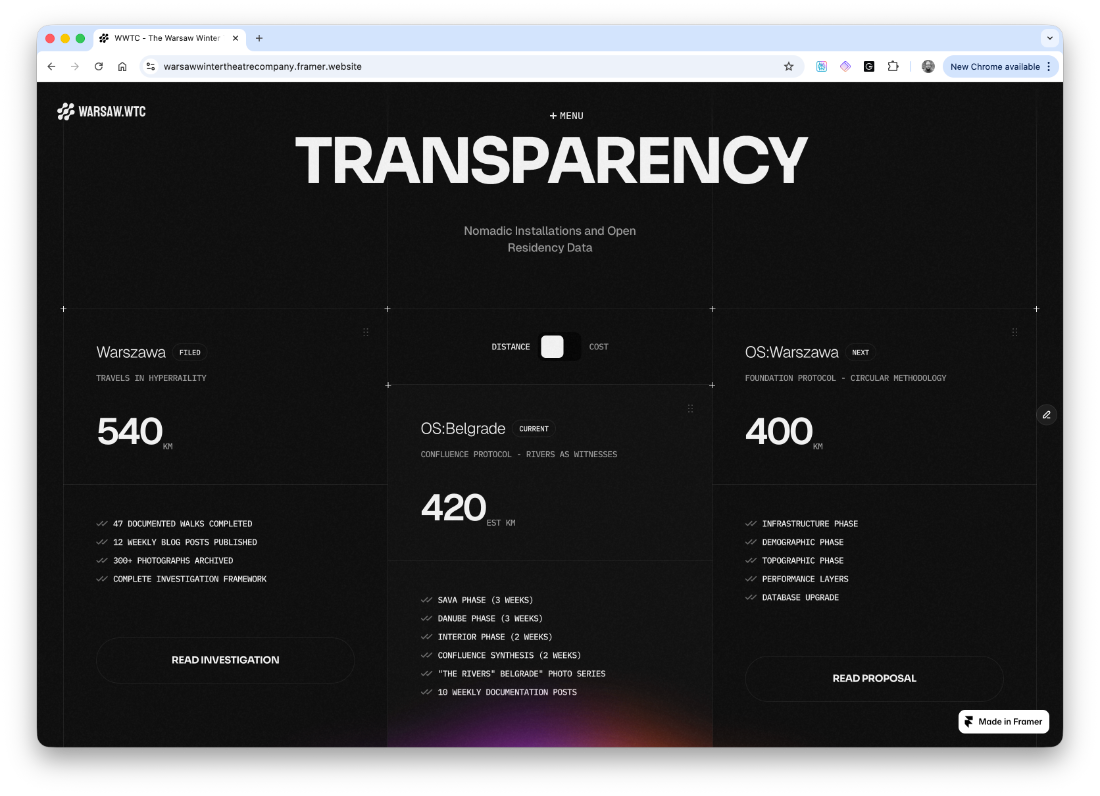
What (I hope) the Site Enables
With proper infrastructure in place, WWTC can function as more than serialised blog posts. The site enables:
Ongoing investigations to be followed in real-time through Radar updates while complete investigations remain accessible as finished case studies. Belgrade updates shouldn't bury Warsaw documentation.
New audiences can discover WWTC without reading 50 blog posts first. The site explains things more clearly, then offers deeper engagement for those who want it.
Methodological frameworks can be articulated comprehensively rather than scattered across weekly posts. Someone wanting to attempt their own city investigation using WWTC protocols has one place to understand how it works.
Multi-format documentation (blog posts, photography, visual aphorisms, field recordings, theoretical essays) can coexist in organised architecture rather than competing for attention in chronological blog feed.
The work can evolve without losing its past. When Belgrade concludes and new investigations begin, completed work remains structured and accessible rather than sliding into archive obscurity.
Infrastructure Matters
The reason to build this site - the actual reason beneath all the specific choices - is that serious work deserves serious infrastructure. WWTC isn't casual urban observation or travel blogging. It's sustained methodological investigation using rigorous theoretical frameworks. It produces substantial documentation: hundreds of photographs, tens of thousands of words, systematic route coverage, multi-sensory field recording.
I felt that work was living in an inadequate infrastructure. Blog posts are excellent for temporal documentation. They're poor for architectural thinking. The WWTC site provides architecture that makes the methodology itself legible as framework rather than just as sequence of outputs.
Closing out, I'd say I truly believe that cultural investigation doesn't need to apologise for treating itself seriously. It doesn't need to hide theoretical rigour behind accessible language or pretend methodology doesn't matter. The site takes WWTC seriously by giving it infrastructure that can hold complexity without simplifying it away. That seriousness isn't pretension. It's respect for the actual intellectual work involved in understanding how cities perform themselves when you watch long enough to see the rehearsals.
The Warsaw Winter Theatre Company now has a proper stage. Yay. The investigations continue. The water keeps watching. The site documents what both witness.
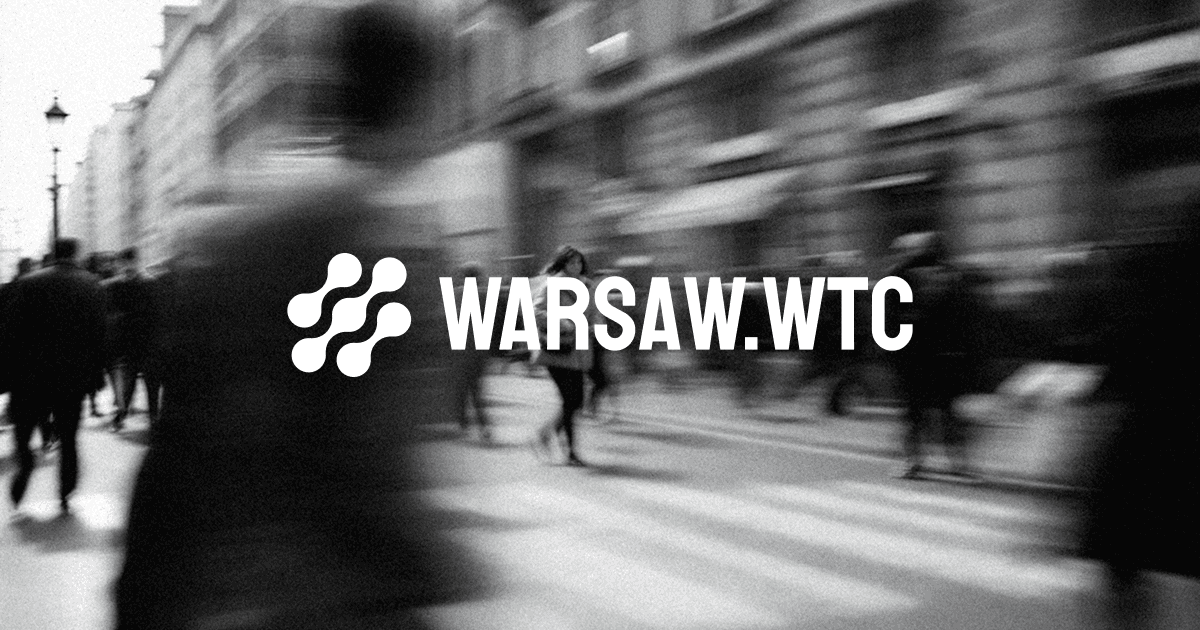
Production Stack
Website Platform: Framer
Code Editor: Visual Code
Imagery: Lummi
Image Manipulation: Affinity Serif
Graphic Design: Figma

